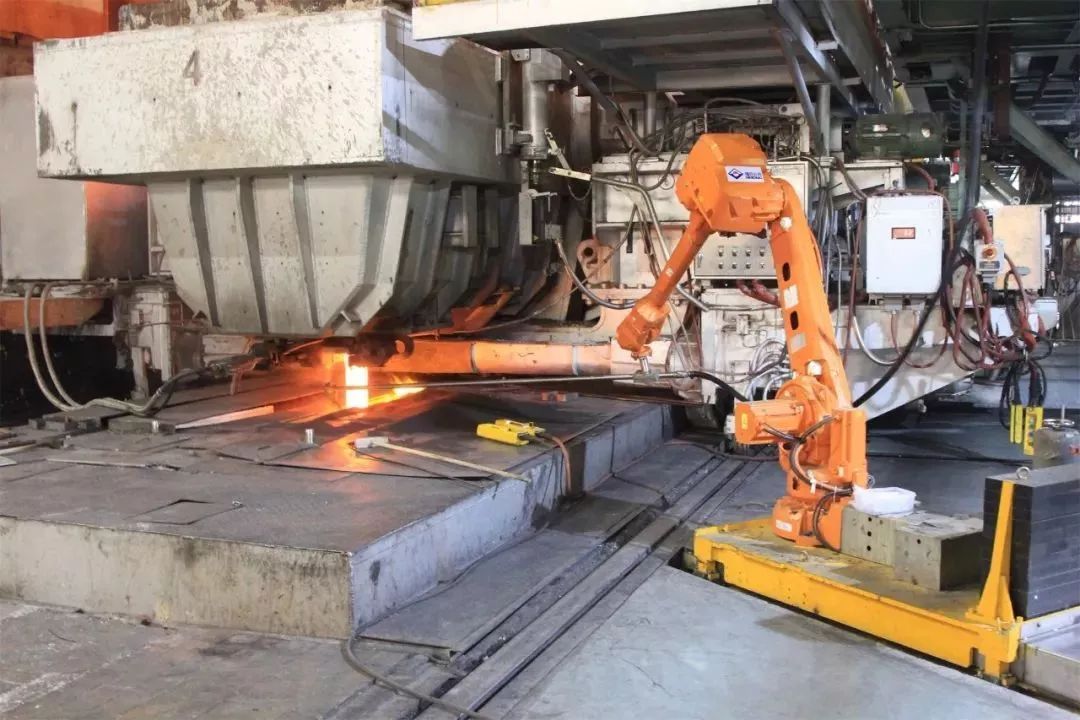How does the casting powder lubricate in CCM?
In the process of casting, the mould vibrates up and down, and the casting billet moves downward, causing friction between the surface of the solidified shell and the copper wall, making the billet shell and the copper wall bond, increasing the resistance of the billet drawing, leading to the crack of the billet shell in the light case, and cracking of the billet shell in the serious case. Therefore, lubrication must be carried out between the billet shell and the copper wall, and this effect can only be realized by the protective slag.
To ensure good lubrication, there must be a layer of liquid slag film with proper properties and uniform thickness between the solidified shell and the copper wall. The slag layer on the mould steel surface is the source of continuous supply of slag film. Therefore, the channel between the mould shell and the copper wall near the meniscus should be unblocked and the slag ring around the copper wall should not be blocked.
So how is the lubricating slag film formed? When the mould is filled with molten steel, the primary billet shell is formed, and the protective slag powder is added to the liquid surface, then the casting powder is melted to form a liquid slag layer, and the liquid slag near the copper wall cools to form a slag ring. With the downward movement of the mould, the slag is gradually squeezed between the billet shell and the copper wall until it is completely filled with slag. When the temperature of the copper wall is low, the slag shell on the side near the copper wall remains as a solid slag shell, while the surface temperature of the condensate shell is high, and the slag film on the side near the blank shell is liquid and has fluidity. In this way, the liquid slag film is used to smooth the copper wall of the mould and the billet shell, which is consumed when the billet is pulled out, while the solid slag skin attached to the copper wall is basically not consumed with the vibration of the mould. When the slag film is consumed continuously, the liquid slag on the steel surface is continuously replenished downward through the meniscus channel to form a stable liquid slag film.
The thickness of slag film is related to slag viscosity, drawing speed, mold vibration and other factors. When the slag viscosity is constant, the film thickness increases with the increase of the drawing speed. However, when the drawing speed is constant and the viscosity increases, the thickness of the slag film decreases. The general slag film thickness is 50 ~ 200U m, and the slag consumption is 0.4 ~ 0.6K /t. Therefore, in order to make the slag film lubrication of solidified billet shell in the best state, the slag film thickness, slag consumption, slag viscosity should be appropriate. When the crystallizer vibration certain cases, the viscosity (η) and speed (V) should cooperate proper, low viscosity and low speed, or high viscosity and high speed are not desirable, and in both the product of the eta, η·V as the index to evaluate the lubrication condition, eta, η·V value too small or too large, both said the thickness of slag film and consumption is not appropriate, bad lubrication conditions.

TAG: casting mold

